Around 550 million years ago, the geological phenomenon known as Gondwana began its formation, establishing itself as a colossal supercontinent. It coexisted alongside another vast landmass named Laurasia, maintaining its prominent existence until approximately 180 million years ago. The Gondwana supercontinent encompassed an expansive array of contemporary land masses, notably South America, Africa, Arabia, Madagascar, India, Australia, and Antarctica.
Key Takeaways: Gondwana
- Gondwana, an expansive supercontinent, held sway from the Late Precambrian through the Jurassic period, spanning approximately 600 to 180 million years ago.
- Its immense expanse encompassed numerous substantial landmasses, notably South America, Africa, Antarctica, Australia, the Indian subcontinent, and segments of the Arabian Peninsula.
- Gondwana began breaking apart during the Jurassic period, driven by the movement of tectonic plates. This breakup eventually led to the formation of the modern continents.
- The dissolution and dispersion of Gondwana played an integral role in forging Earth’s present-day geographical tapestry. It contributed to the genesis of diverse mountain ranges, oceans, and geological landmarks, leaving an indelible imprint on the intricate mosaic of our planet’s features.
In the following exposition, we have meticulously curated the indispensable details concerning Gondwana, a historical entity of paramount significance warranting comprehensive acknowledgment.
What is Gondwana?
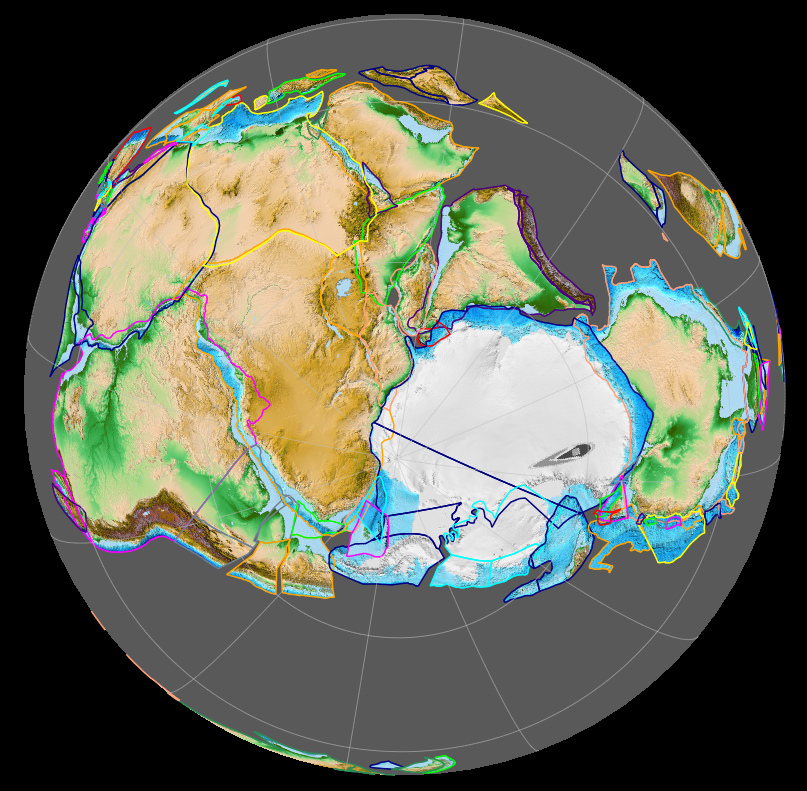
Earth stands as a vibrant and animate orb, a reality that should scarcely astonish any discerning observer. Evidently, our planet is awash with life across its terrestrial expanse. Yet, concealed beneath this visible façade, lies an intricate web of mechanisms that underpin the continuity of this life. Remarkably, even the very fabric of our atmosphere and the protective embrace of the magnetic field, which acts as a guardian against the Sun’s potent radiation, owe their existence to the dynamic orchestration transpiring beneath our feet.
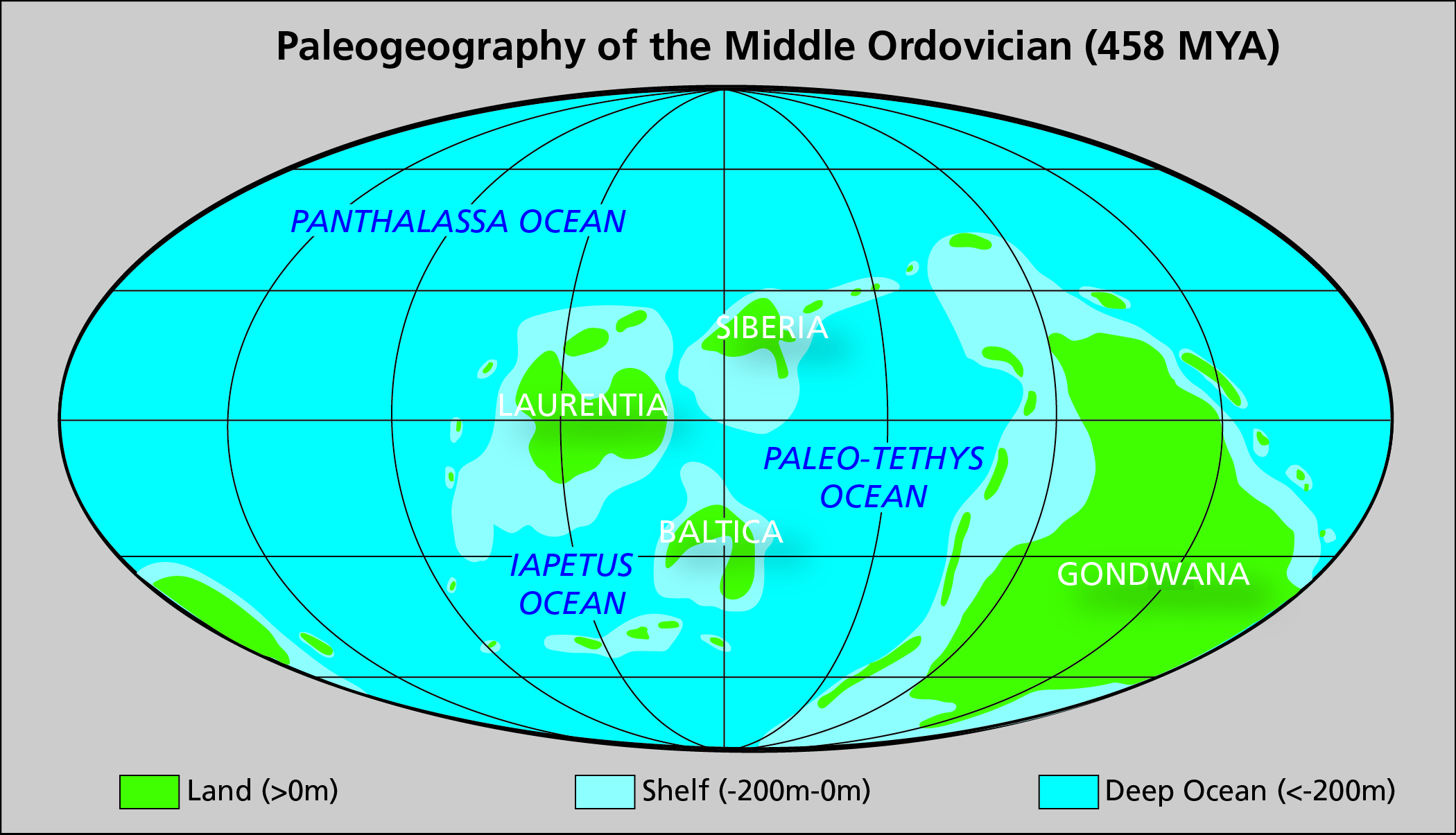
For numerous individuals, the surroundings they perceive often project an illusion of steadfastness. Nonetheless, even the continents we now recognize assume a transitory arrangement, bearing little resemblance to their earlier configurations in Earth’s ancient chronicles. Every corner of our globe remains in ceaseless flux, undergoing transformations, fragmentation, and ultimately engendering nascent landmasses. This is the precise juncture where the legacy of Gondwana assumes significance as an immense archetype among supercontinents, standing as the final remnant of its extraordinary lineage.
Through the intricate interplay of the tectonic plates concealed beneath Earth’s crust, the panorama of our planet is meticulously shaped, dictating the rhythms of its terrain and influencing the very pulse of existence. The chronicle of Gondwana serves as a poignant narrative, accentuating the ceaselessly evolving character of Earth, a perpetual testament that even the most seemingly unchanging facets of our world emerge from an ongoing and astonishing geological ballet.
When and How Did the Gondwana Supercontinent Form?
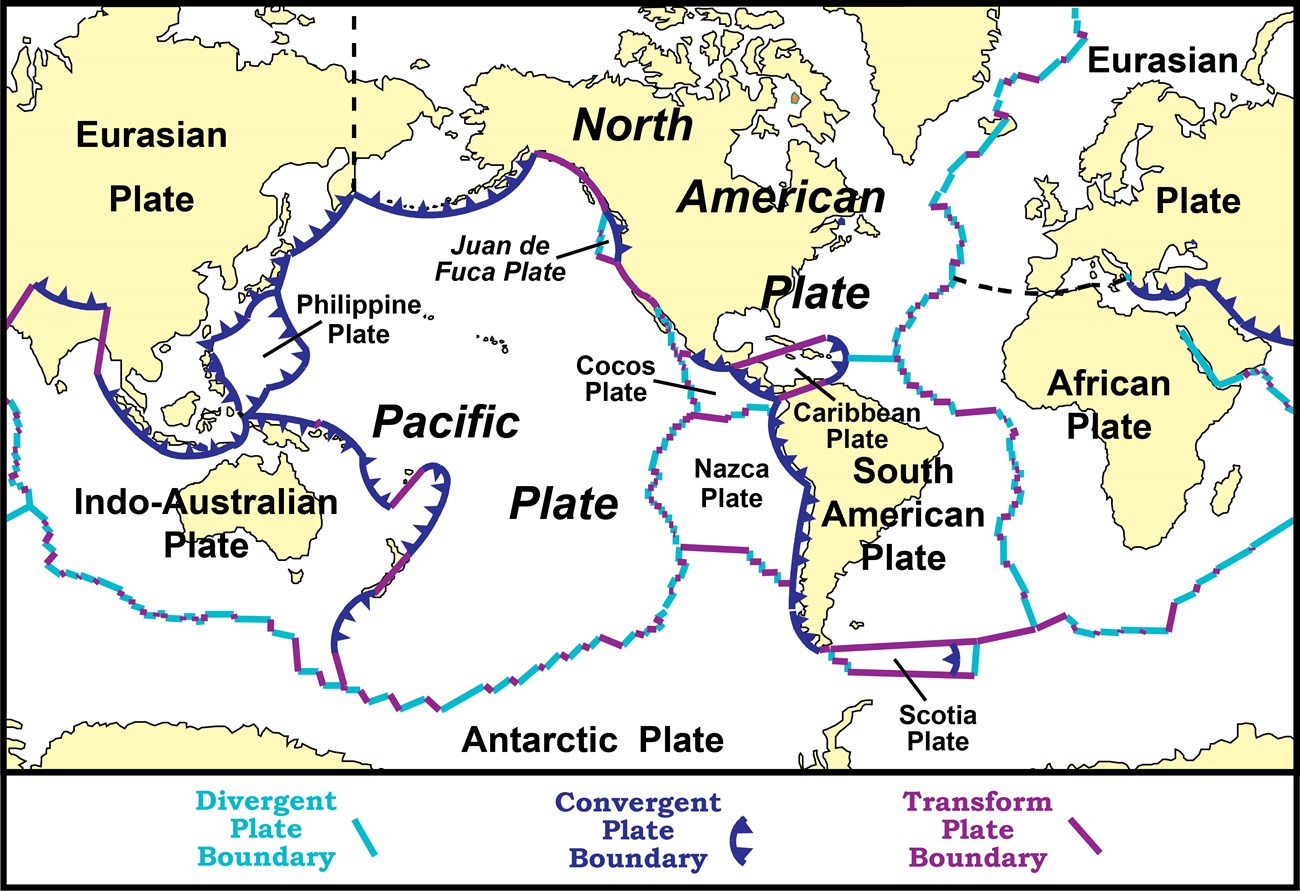
Roughly 500 million years ago, during the Late Ediacaran period, the shifting of tectonic plates brought about the amalgamation of what we now recognize as Africa, South America, Australia, Antarctica, India, the Arabian Peninsula, and Madagascar, coalescing into an immense singular landmass. This colossal expanse marked the initial incarnation of Gondwana, stretching from a proximity to the Equator and extending toward nearly the southern pole.
During this era, Earth experienced significantly elevated temperatures, yielding a more temperate climate. It was during this time that primitive multicellular organisms made their debut. Within the fossils attributed to this epoch, we find segmented worms, circular entities bearing resemblance to contemporary jellyfish, and foliage-like organisms, collectively bestowing a richly diverse biotic tableau.
This monumental landmass emerged as a consequence of the fragmentation of the preceding supercontinent, Rodinia, and subsequently disintegrated, ultimately heralding the birth of the contemporary continents that grace our view.
Roughly 300 million years ago, the collision of additional landmasses with Gondwana inaugurated the formation of the renowned Pangaea. All of Earth’s landmasses came together in this incredible event that defies belief, with the majority of them being in the southern hemisphere and encircled by the largest ocean in the planet’s history. Over a span of 20 to 70 million years, molten rock from the Earth’s core surged through the crust akin to a wellspring, crafting fissures that ultimately culminated in the configuration of contemporary Africa, South America, and North America.
The convection prompted by these molten flows led to the expansion of the fissure, engendering the emergence of the fully realized Tethys Sea. Consequently, the landmass bifurcated into two distinct supercontinents, known as Laurasia in the north, encompassing present-day North America, Europe, and Asia, and Gondwana in the south.
Gondwana relinquished some of its original fragments to Laurasia, including specific territories like portions of Florida and Georgia. Nonetheless, the entirety of the landmasses that grace our view in the southern hemisphere today perpetuate the enduring legacy of Gondwana.
Gondwana’s Impact Today
- Numerous plant species discovered within the laurel forests of Australia, New Caledonia, and New Zealand are affiliated with the Antarctic flora, encompassing those that have endured since the era of Gondwana up until the contemporary age.
- The meteoric collision responsible for decimating three-quarters of Earth’s life forms exhibited minimal impact on the evolutionary trajectory of plants within Gondwana.
- In the present epoch, Australia continues its gradual northward journey, advancing at an approximate rate of 3 centimeters annually.
Life on Gondwana
Among the multitude of archaic plants that thrived in Gondwana and now inhabit the realm of extinction, there existed towering algae with robust, woody stems, progymnosperms, and the earliest documented grand arboreal entity, Archaeopteris.
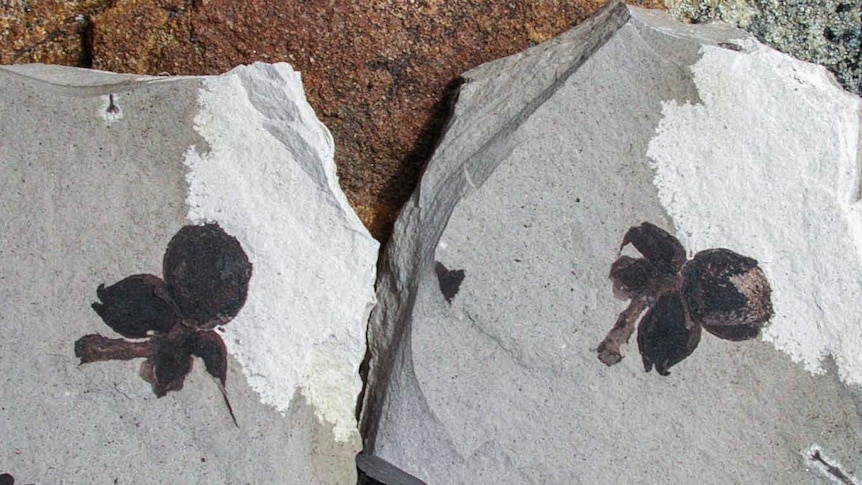
Due to Gondwana’s climate, which was characterized by humidity and encompassed temperate and tropical zones, it bore a resemblance to the contemporary tropical rainforests that we encounter today.
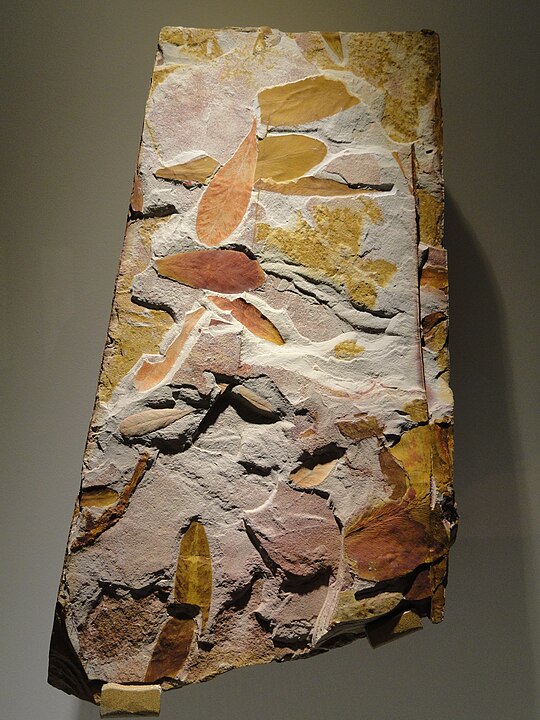
Within the realms of Gondwana, Megalania prowled, emerging as the preeminent lizard on a global scale. As a venomous carnivore, it inhabited the landscapes of Australia. Regrettably, merely a fraction, around 20%, of its skeletal structure has been unveiled to date.
Leaellynasaura, a diminutive dinosaur that roamed this terrain, possessed exceptional visual prowess and flaunted an elongated, slender tail, marking a unique adaptation.
Gondwana and Tectonics
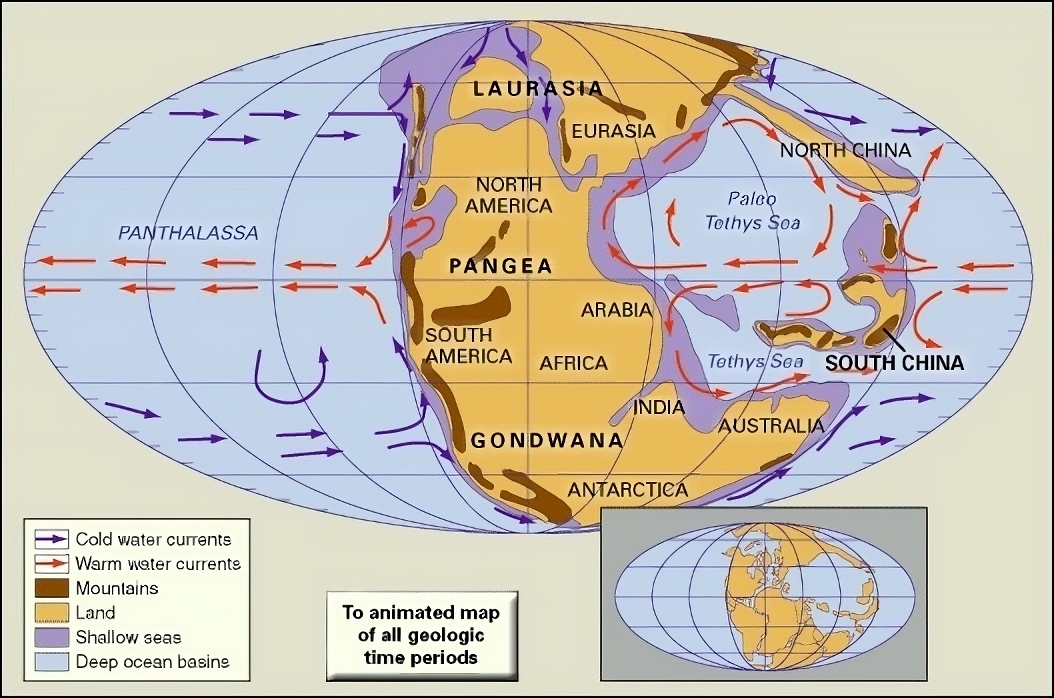
The breaking up of continents took place gradually, and Gondwana’s demise was a process with distinct stages. Roughly 170 to 180 million years ago, the contemporary outlines of Africa and South America commenced their detachment from the larger Gondwanan expanse. A span of 30 to 40 million years was requisite for the full parting of the landmasses flanking the South Atlantic Rift, thereby inaugurating the emergence of the South Atlantic Ocean.
This extended separation has bequeathed us a contemporary visage wherein the eastern coast of South America and the western coast of Africa mirror interlocking puzzle components, poised in a distinctive fit.
In tandem with the unfolding of the South Atlantic Rift, the furthest reaches of the continent, Madagascar, and India embarked on their independent trajectories, coalescing to form the nucleus of the central Indian Ocean. The union of these landmasses endured until the epoch of the Late Cretaceous, yet around 50 million years ago, India initiated a swifter passage toward Eurasia. The cataclysmic collision that ensued between the two landmasses wielded such monumental force that it catalyzed the ascent of the towering Himalayas.
By this juncture, the vestiges of ancient Gondwana, namely Australia and Antarctica, stood as the remaining fragments of what was once a sprawling supercontinent. These diminished entities retained their proximity until approximately 45 million years ago. Subsequently, Antarctica embarked on a southward trajectory and succumbed to an icy embrace, attributed to both the cooling climate and alterations in ocean currents surrounding the freshly delineated landmasses. In stark contrast, Australia embarked on a northward sojourn and eventually encountered a momentous convergence with Southeast Asia.
The Australian plate’s northerly migration, advancing at a rate of approximately 3 centimeters per year, perpetuates the ongoing repercussions of this dramatic collision.
The precise catalyst for the disintegration of this landmass remains shrouded in mystery. One prevailing hypothesis proposes that subterranean hotspots beneath the supercontinent yielded rifts that precipitated its sundering. Yet, in 2008, scholars from the University of London presented an alternative perspective, suggesting that Gondwana in fact cleaved into two distinct tectonic plates, with the actual schism occurring at a later juncture.
How Is All This Known About Gondwana?
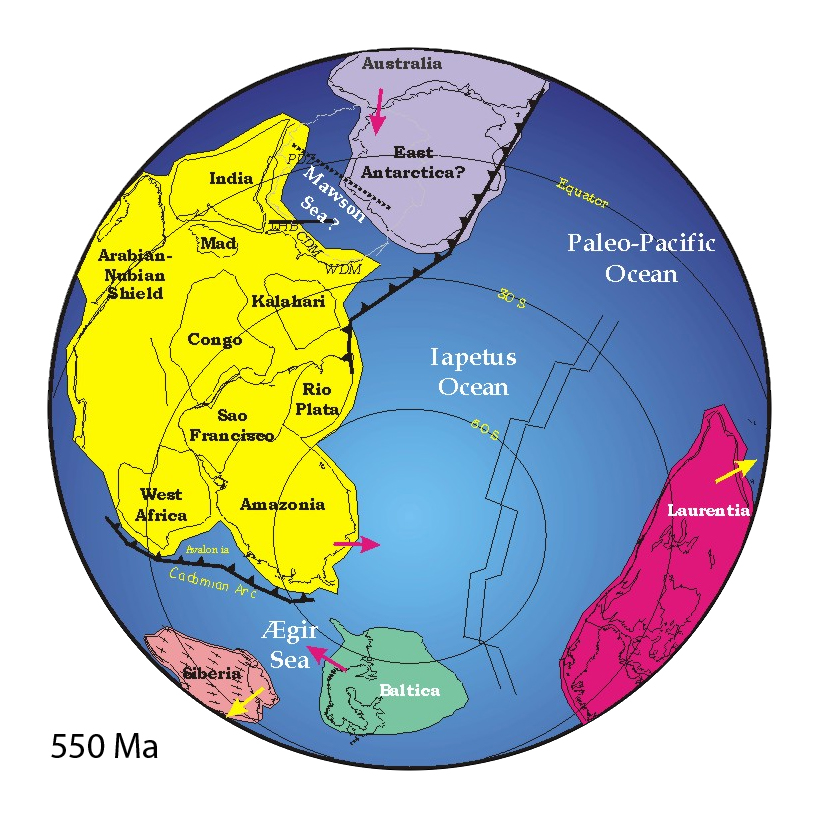
The intriguing parallels between West Africa and Eastern South America were formally acknowledged for the first time by Sir Francis Bacon in 1620, when he meticulously charted the contours of these two continents. Significantly later, in 1912, German meteorologist Alfred Wegener ventured the notion that these landmasses were once united as a singular entity. Wegener’s groundbreaking proposal introduced the concept of the “supercontinent” Pangaea, yet his theory encountered formidable opposition due to the limited field experience of geologists during that era. The audacious idea that a continent could undergo substantial movement baffled their understanding, compounded by the absence of a coherent mechanism to elucidate such a phenomenon and the inability to effectively visualize these colossal shifts.
Alexander Du Toit, a South African geologist, carried the mantle of this theory in his 1937 publication “Our Wandering Continents.” Recognizing the backlash against Wegener’s ideas, Du Toit meticulously amassed compelling evidence supporting the historical connection between these two landmasses. His scrutiny revealed congruent glacial sediments and rock strata on opposite sides of the Atlantic, as well as the existence of flora and fauna fossils, previously presumed unique to the southern hemisphere, such as the Glossopteris fern species, now discovered in northern realms as well.

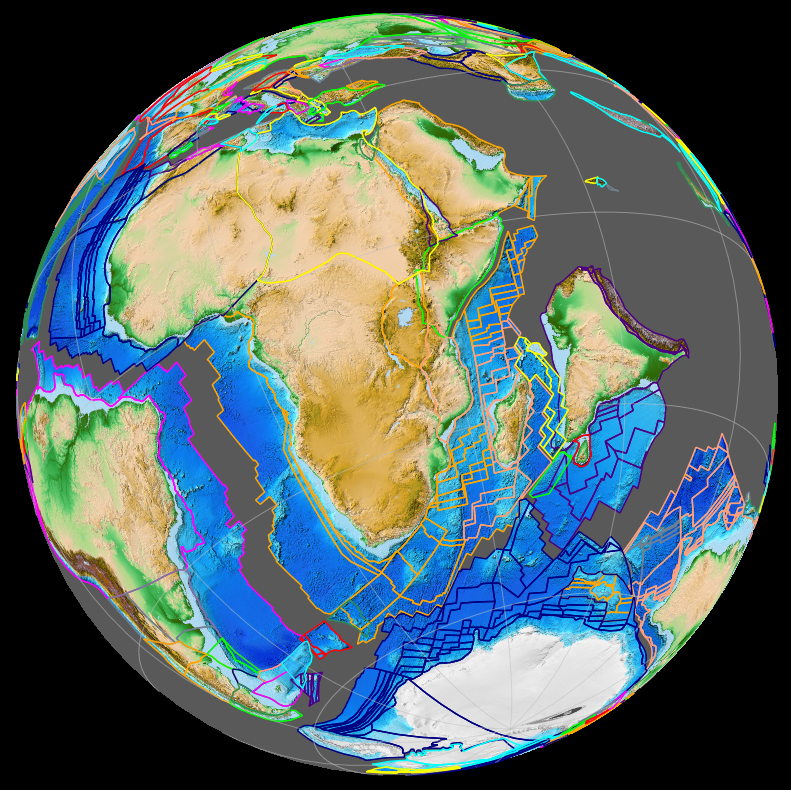
While Du Toit’s theory intrigued scientists in the southern hemisphere, skepticism persisted among northern hemisphere geologists. They leaned toward explaining shared species through hypothetical land bridges extending across oceans and even ventured to propose the fanciful notion of encircling continental links.
However, the Plate Tectonics theory gained unifying acceptance during the 1960s, catalyzed by the Vine-Matthews-Morley hypothesis, which hinged on the measurement of paleomagnetism, or fossil magnetism, within oceanic rock strata. These measurements unveiled the magnetic records embedded in strip-like formations on the seafloor, progressively accumulated over time. The veracity of this data showcased the movement of material from rift zones to oceanic plates, ultimately culminating in the division of continents.
This empirical evidence cemented the Plate Tectonics theory, illuminating the mechanisms behind the historical migrations of these expansive landmasses, including the formation and disintegration of Gondwana.
Gondwana, Earth’s most recent supercontinent to date, emerged as a consequence of the Earth’s cooling and solidifying crust, while ongoing geological processes persistently forge new tectonic plates. The same dynamic forces that coalesced and disassembled Gondwana and preceding supercontinents are underpinned by the immense thermal energy that resides within the Earth’s depths. This inexorable energy will continue to orchestrate the convergence of continents. Thus, with geological time scales in view, it’s highly probable that a new supercontinent will materialize in the distant future.
Nonetheless, within this expansive chronology, it’s plausible that the evolution of human existence will have long ceased before the emergence of this forthcoming supercontinent.
Gondwana at a Glance
How did Gondwana form?
What is the significance of Gondwana?
What evidence supports the existence of Gondwana?
What is the connection between Gondwana and Pangaea?
When did Gondwana start to break apart?
What was the climate like during the time of Gondwana?
References
- Whiteside, J.H., et al. Proceedings of the National Academy of Sciences. 2011.
- Brown University. “On Pangaea, the supercontinent, latitude and rain dictated where species lived.” May 12, 2011.
- Joseph G. Meert. Gondwana Research. 2012.
- M. Santosh. Journal of Geodynamics. 2010.
- Masaki Yoshida and M. Santosh. Geoscience Frontiers. 2018.